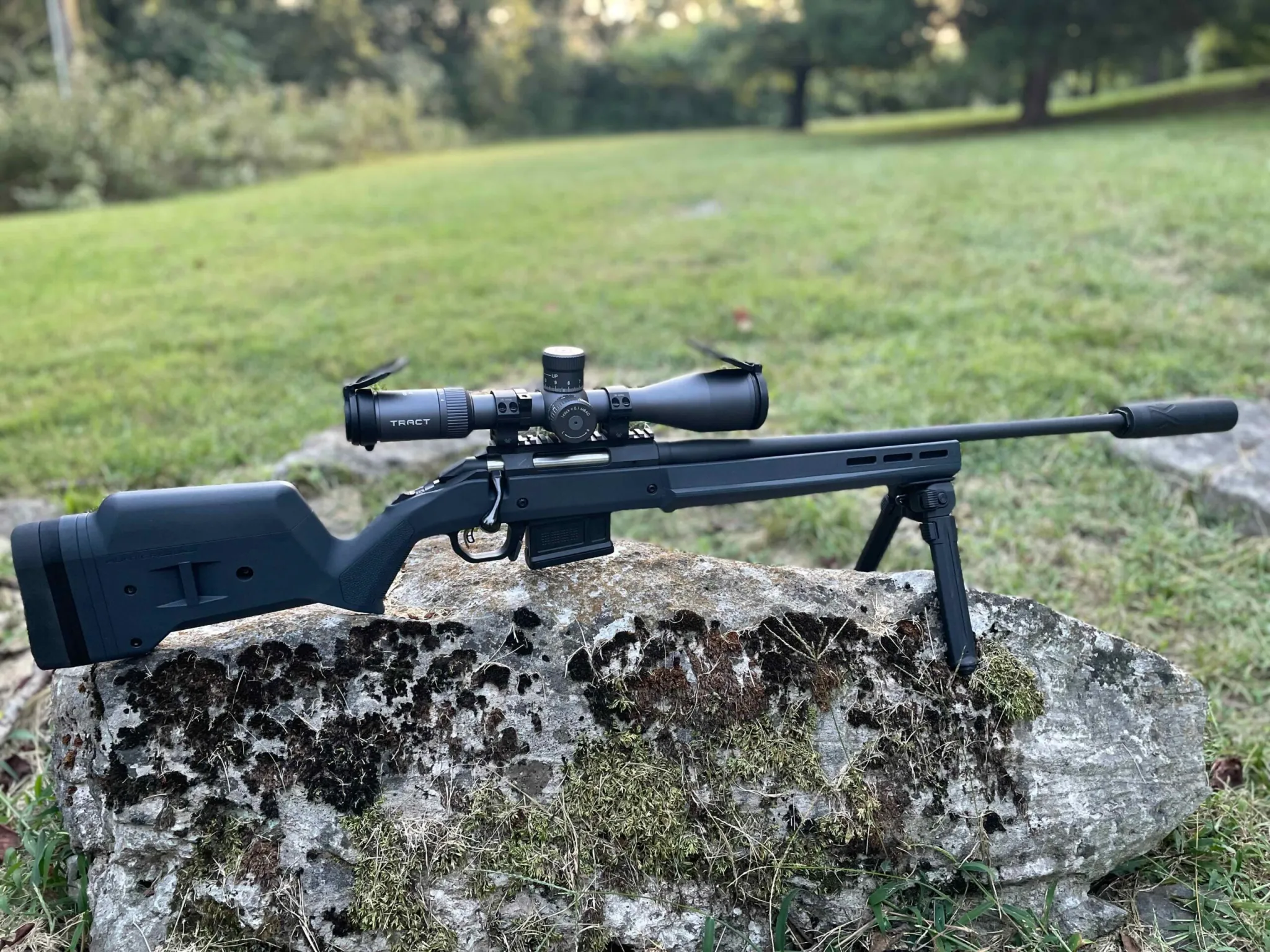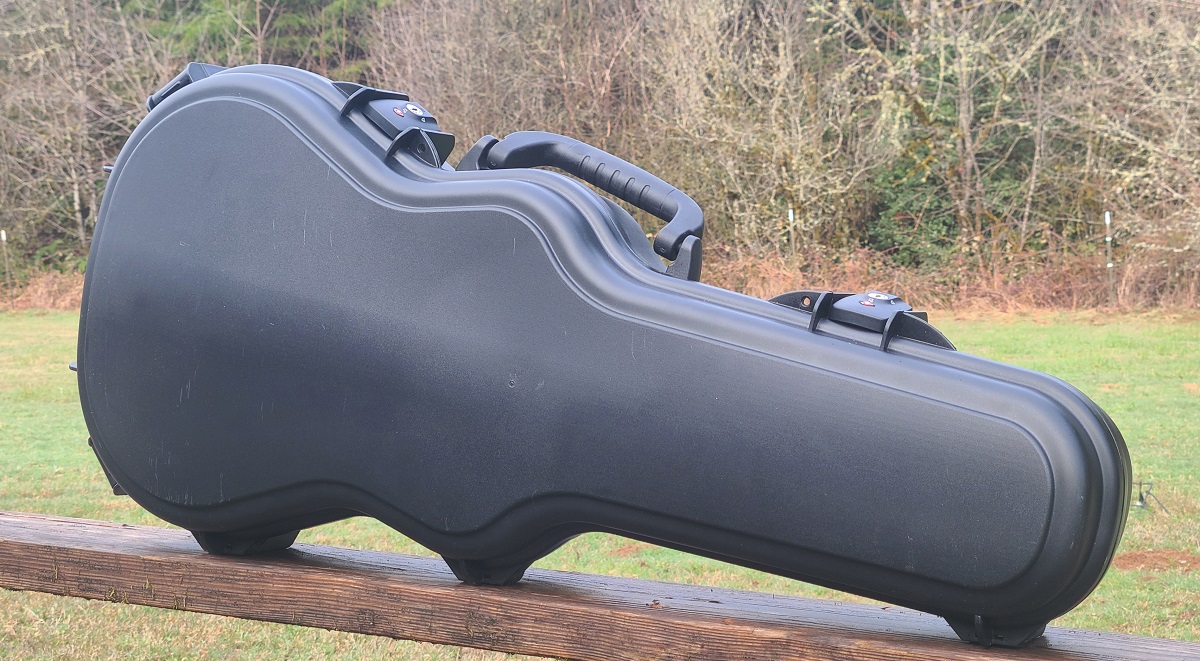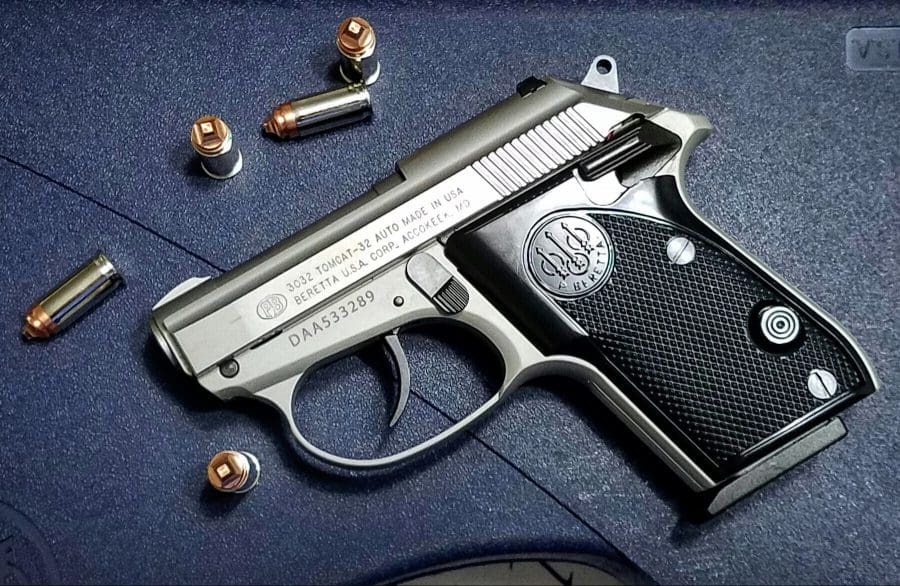Outside of some time at SHOT Show range days, I haven’t had much time with a compensated pistols. I wasn’t sure if I ever needed one, especially on a 9mm carry gun. Some compensators seemed too big for them to be practical, so I never really paid much attention to them.
Until, that is, I ran into the Griffin Micro Carry Comp. The Micro Carry Comp directly competes with a thread protector for size. While slightly larger, it doesn’t compromise your ability to conceal the gun.
The Micro Carry Comp carries a small price tag, at least compared to other comps. It attaches with nothing more than a 16mm wrench and needs only 8 pounds of torque applied to it. As far as installation goes, the Micro Comp wins in the simplicity department.
The Micro Carry Comp comes in a standard 1/2×28 model, a 13.5×1 LH, and a ½ x 28 model for smaller guns like the Glock 42, 43, and P365.
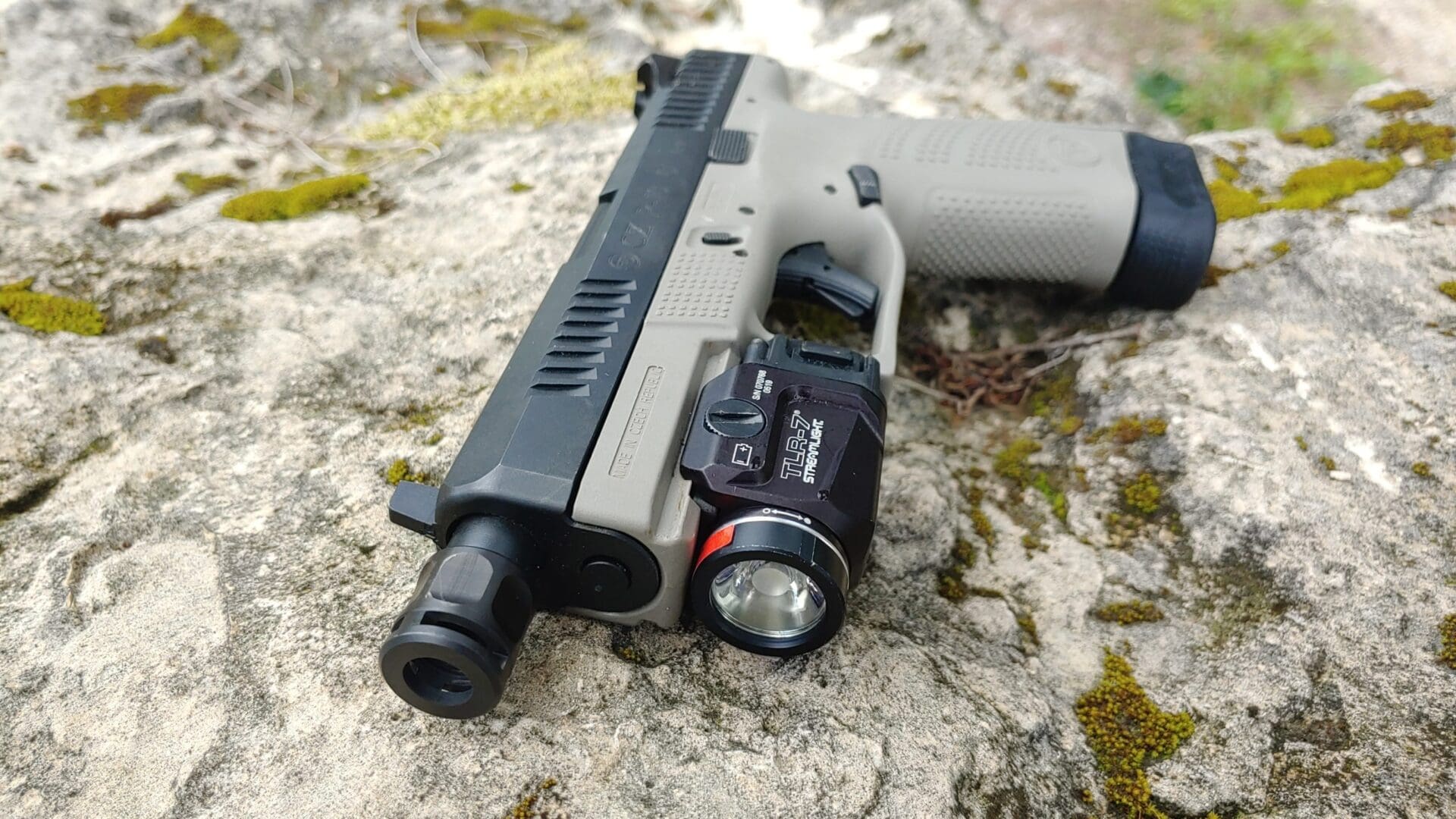
The Griffin Armament Micro Carry Comp is the epitome of simplicity and features three ports to ensure proper alignment. Using washers to align the ports correctly simplifies the process, but wasn’t necessary for my installation. It squeezed right on and aligned with ease. It adds about a half-inch or so to my CZ P10c’s threaded barrel and no noticeable weight.
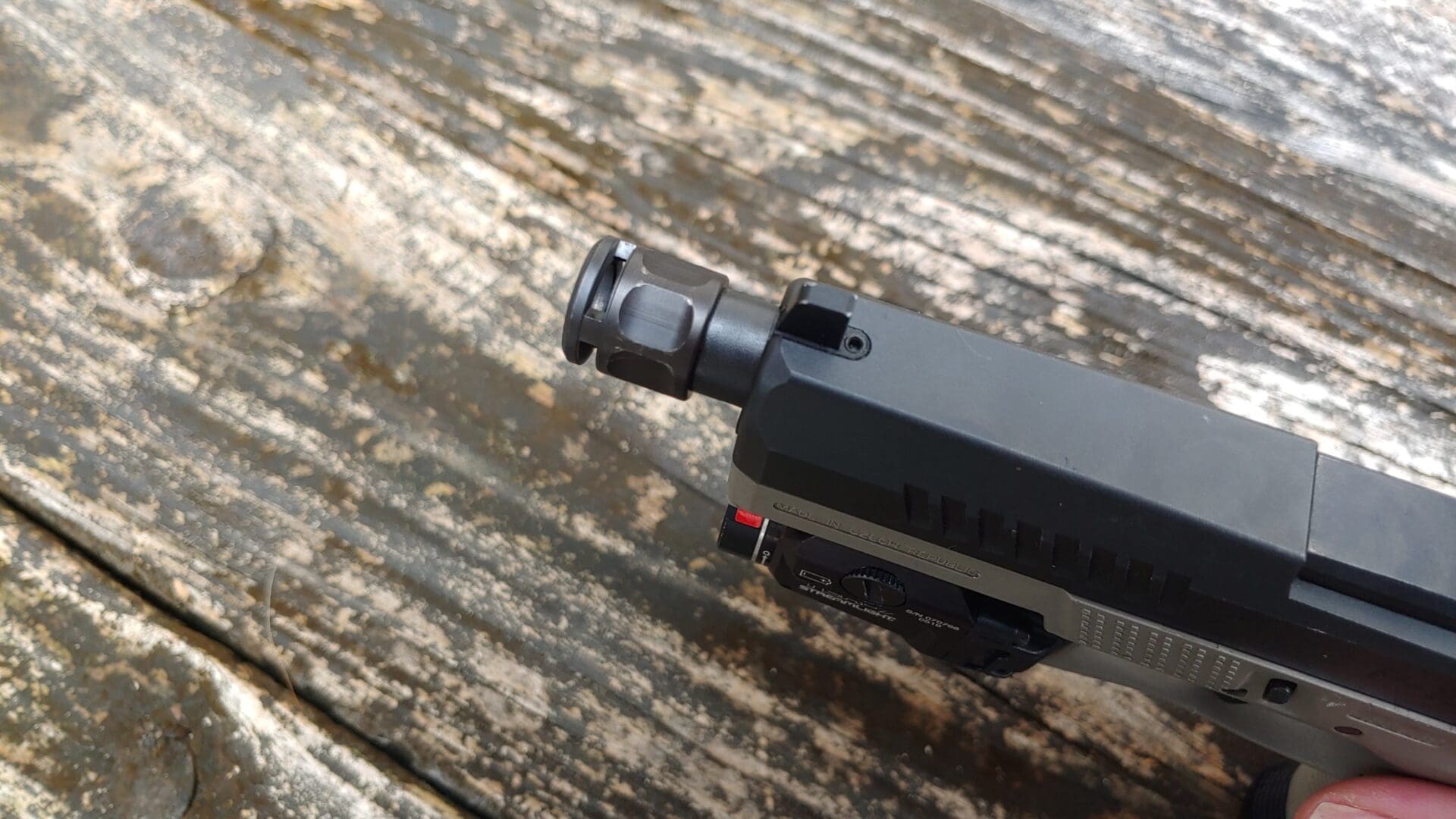
Range Test
I took various ammo types to the range, including Armscor 147 grain, SIG V-Crown 124 grain JHPs, and some basic 115-grain range ammo. There seemed to be little advantage with the comp in using the 115-grain FMJs. There was a slight reduction, but there isn’t much muzzle flip to reduce with that light round.
The most significant difference came when I moved to he heavier 147 grain and M17 loads.
The Micro Carry Comp reduced muzzle flip considerably with those loads. The pistol’s sights barely moved, even with the +P JHP loads. The compensated movement was more of a shake and less of a jump.
Despite its appearance, the Micro Carry Comp’s diminutive size does not mean diminutive performance. The single-port effectively reduces muzzle rise, and a reduction in muzzle rise means I can shoot quicker with greater accuracy.
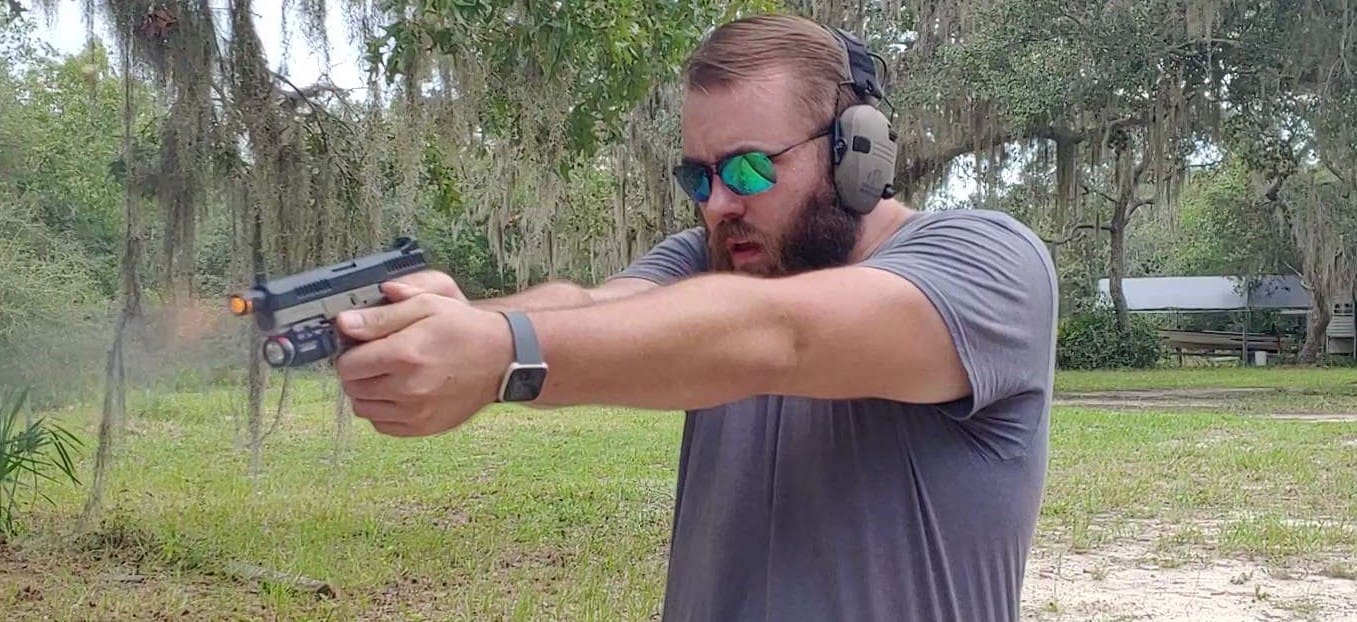
The faster I shoot, the more efficiently I can increase the lead toxicity level in a target. To me, that’s a decisive win.
As a new comp user, I think I’ll need some more time with the compensated pistol to get used to the advantages it provides. I feel like I have to relearn my cadence and muscle memory due to my much faster recovery times. The Micro Comp reduced my par times quite nicely.
Micro Carry Comp – Time Matters
With the Micro Carry Comp, I trimmed a quarter of a second off of my failure-to-stop drill time, and almost a half-second off of my iHack time. Keep in mind when I shoot these drills, I typically use 115-grain ammo, and for these runs, I was feeding the gun heavier 147-grain loads.
From a more tactile perspective, the Micro Comp makes a lightweight, compact polymer frame gun handle better than a full-sized carbon steel, 40 ounce 1911 in 9mm.
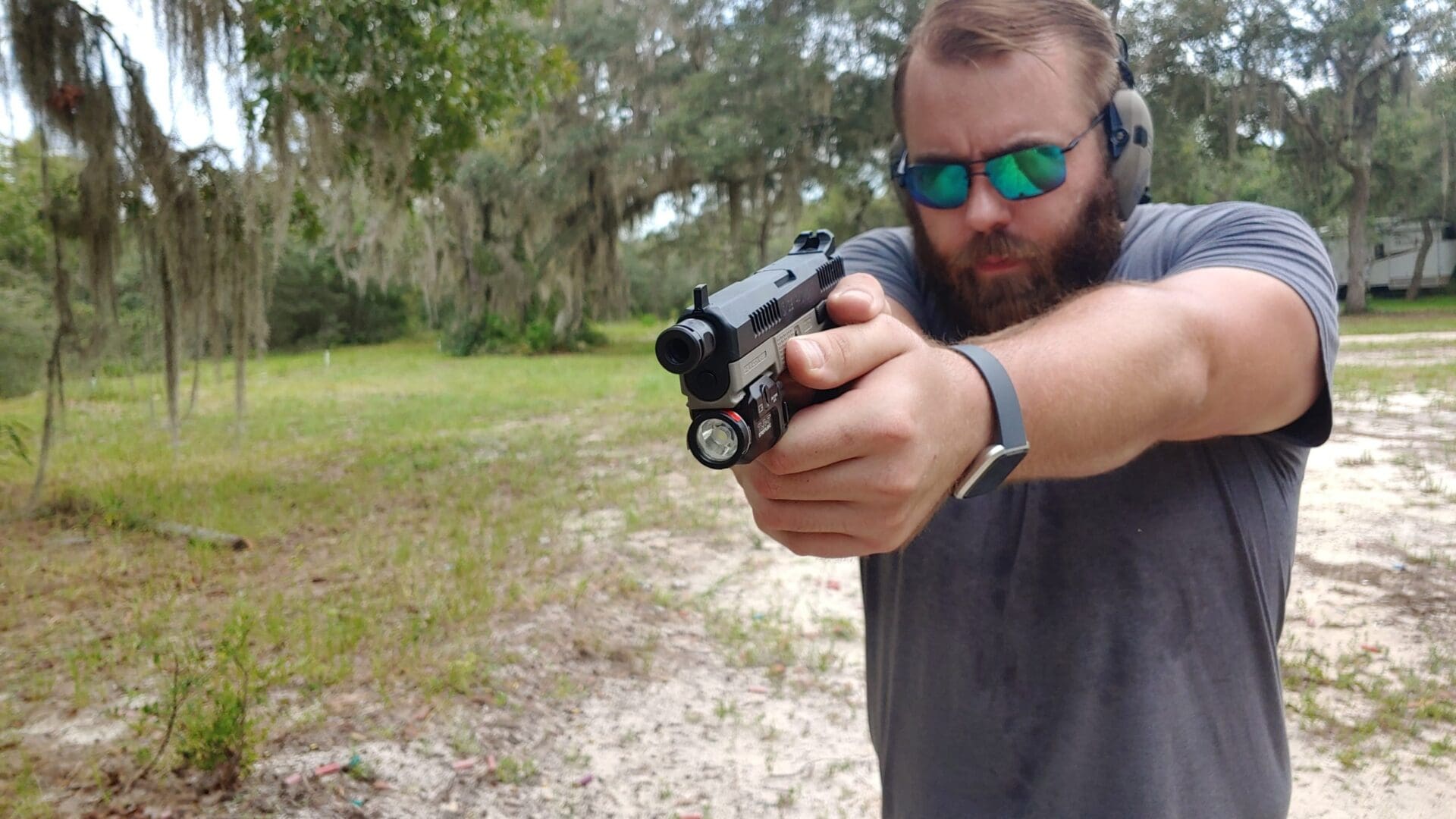
A compensator ports off the gas to reduce recoil. That could make the gun trickier to use in less than optimal conditions. In low light, there’s concern about muzzle flash. When you come back to the idea that this is a 9mm handgun, the notion that muzzle flash is an issue goes out the window. Even in low light, the muzzle flash is minimal and doesn’t seem that much more than uncompensated barrel flash.
Another potential downside is shooting from close retention. There’s a reasonable fear that the muzzle blast could harm the user. Shooting from close retention exposes you to some muzzle blast, but not a painful amount. No shooting gloves required here. Should you be grappling for your gun, then you might find yourself closer to the device and in closer proximity to some potential pain.
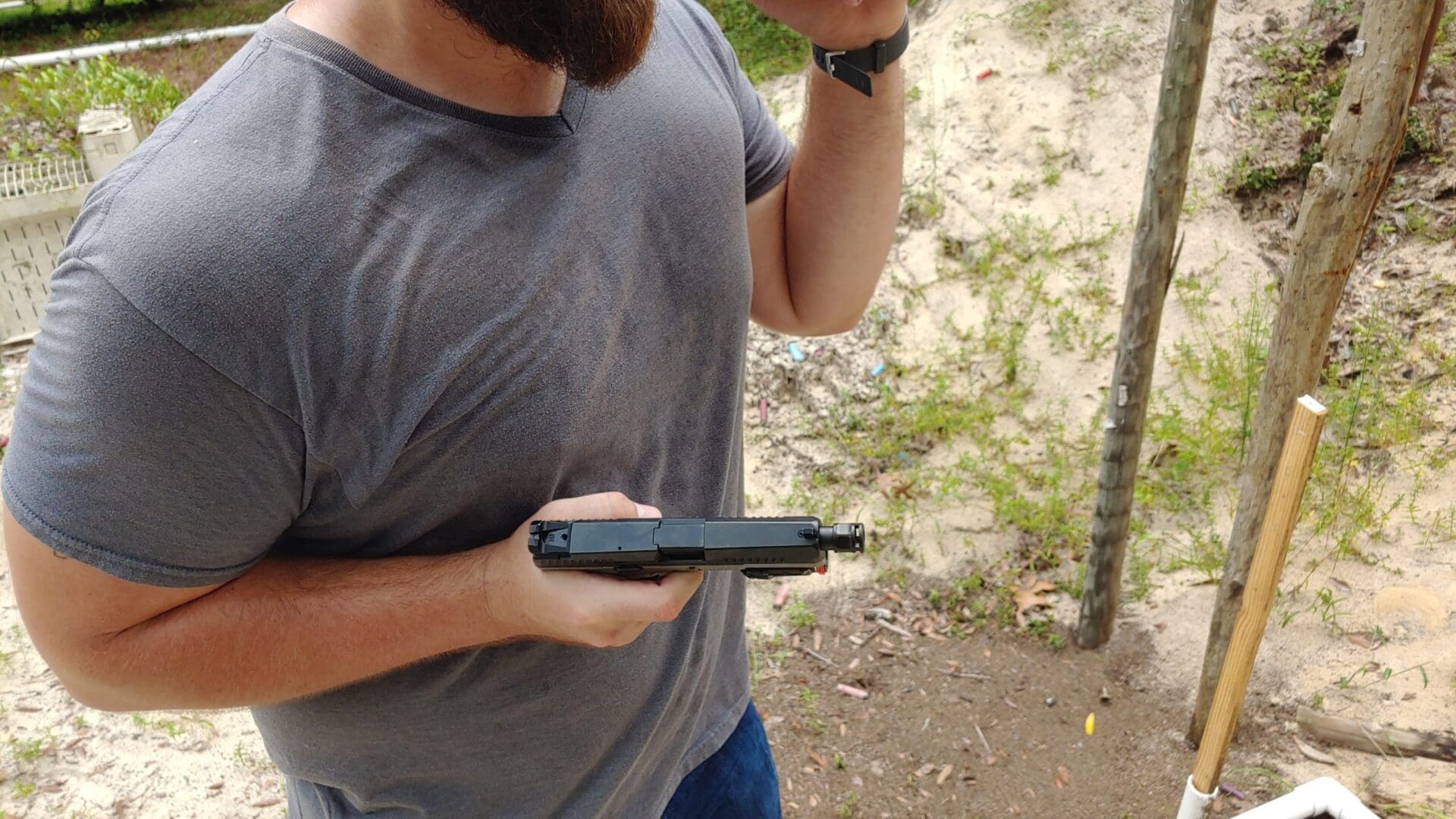
The Griffin Micro Comp presents shooters with an affordable and simple upgrade to your firearm. It hardly changes the gun’s size or your ability to handle or carry it concealed. The Micro Carry Comp improves your ability to recover from multiple shots, and if you can shoot faster, you can fight better.
For its small size and weight, the Micro Carry Comp offers an impressive performance upgrade at a very affordable price.
Specifications: Griffin Micro Carry Comp
Material – 17-4 stainless steel
Finish – Black Nitride
Thread Pitch – 1/2×28
MSRP – $64.95
Ratings (out of five stars):
Installation: * * * * *
Hand thread it on, tighten it with a wrench, and boom, you’re done. No set screws, minimal timing or tools required.
Ergonomics: * * * *
Small, light, but effective is a great combination. The only downside is the bit of upward muzzle blast you can catch from close retention shooting.
Overall: * * * * *
The Griffin Armament Micro Comp is a superbly small and simple device that does wonders for such a small device. On smaller guns, I’d imagine even more value could be found. A small footprint, combined with a small price tag and a high degree of efficiency makes the Griffin Armament Micro Carry Comp a winner.



